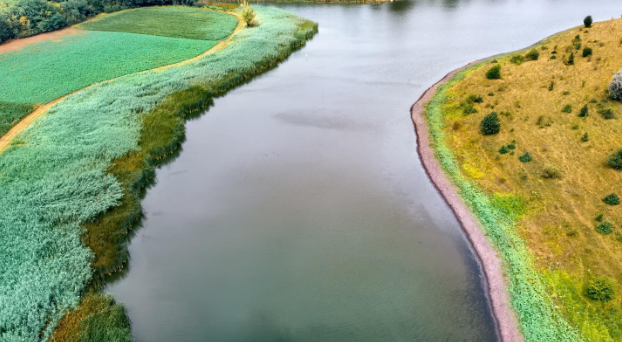Rainwater is one of the most valuable resources. It helps plants grow, refills our rivers, and supports life in many ways. But when this rainwater falls on roads, parking lots, and rooftops, it often mixes with dirt, oil, and other pollutants. If this polluted water flows into rivers and lakes, it can harm fish, wildlife, and even people.
Let’s look at the most effective types of methods or techniques that help clean dirty rainwater naturally.
Filtration Techniques
Filtration is one of the simplest ways to clean rainwater. It involves the process in which the water is passed through layers of sand and charcoal that traps all the dirt particles. In homes, small filters can be used to filter water and make it cleaner and safer to use.
Larger filtration systems help remove dust, leaves, and other pollutants from water before it enters drains. Filtration is an easy and cost-effective method that can improve water quality for household or commercial use.
Make Rain Gardens
Rain gardens are small, planted areas that collect rainwater from rooftops, driveways, and roads. These gardens are filled with soil, sand, and plants that absorb and clean the water naturally. As the rainwater flows through this garden, the plants and soil present in there trap dirt, oil, and chemicals.
Rain gardens not only clean rainwater but also add beauty to your space. It is recommended for parks, homes or any commercial area.
Through Bioswale Remediation
Another great way to clean dirty rainwater is through bioswale remediation. It is a green channel built to guide and clean rainwater as it flows through it. Flowers, grass, and shrubs are planted with it. When rainwater flows through the bioswale, these plants trap dirt, while the soil breaks down oil and harmful chemicals.
By passing through a bioswale, it’s much cleaner and safer at the end to enter rivers or the sea. Bioswale remediation is perfect for roadsides, parking lots, and city spaces where a lot of rainwater collects. It’s a natural, low-cost, and effective way to manage the water cleaning process.
Build Permeable Pavements
Normal pavements and concrete surfaces don’t let water soak in, they guide the water to another direction, and it runs off quickly. Permeable pavements have small gaps or pores that allow rainwater to pass through into the ground below.
This method allows water to get cleaned naturally by the soil layers present in the ground. This helps reduce flooding and prevent pollution. This method can be used for areas like parking areas or parks.
Infiltration Basins
Infiltration basins are shallow, open areas that temporarily hold rainwater and allow it to soak slowly into the ground. When it rains, runoff water flows into the infiltration basin through small channels or drains. The soil and plants in and around the basin act as natural filters that clean the water.
As the water filters through the soil, pollutants are trapped and broken down naturally. These basins help recharge groundwater and prevent large amounts of flooding on streets and nearby land. They are simple to build and need very little maintenance.

